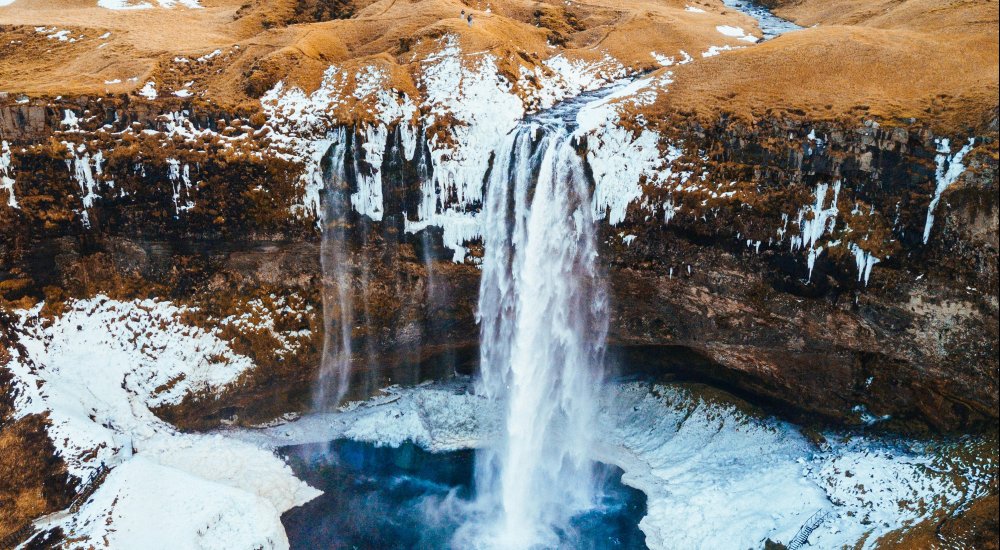HORIZON EUROPE┋Inland ice, including snow cover, glaciers, ice sheets and permafrost, and their interaction with climate change
HORIZON-CL5-2024-D1-01-02

Expected Outcome
Actions are expected to contribute to all of the following expected outcomes:
- Advanced knowledge on the impacts of climate change and different natural and socio-economic drivers on inland ice and permafrost, and its global repercussions, including climate-ecosystem interactions, which is relevant to international initiatives, such as the World Climate Research Programme (WCRP)[1]‘s Climate and Cryosphere Project, or the IPBES.
- Further developed and improved climate and Earth System Models (ESMs) that inform the international climate assessments (e.g. CMIP models, CORDEX) and support the development of “digital twins” under the Destination Earth Initiative and the evolution of Copernicus.
- Advanced provision and use of observations, including in-situ, of complex processes with focus on dynamic and vulnerable regions that may lead to high impact changes.
- Supported climate change adaptation strategies including, where relevant, the development of solutions to enhance the resilience of local communities.
Scope
Snow cover, ice sheets and glaciers affect not only the Earth radiation balance and the global climate, but also continental climate systems, the weather of circumpolar regions and their terrestrial and oceanic carbon dynamics, ecosystems, and sea level. Snow and ice cover regulate the properties of the ground underneath and are interlinked with permafrost in areas where average ambient air temperature is below 0°C.
The research actions should contribute to observing, modelling, and projecting the characteristics, volume, and dynamic of inland ice and permafrost in relevant regions, impacting regional and global climate, taking inter-seasonal, annual, decadal, as well as long-term (centuries) changes into account.
The actions should enhance the understanding of the ice sheet or glacier dynamics and evaluate reversibility or irreversibility of changes on multi-decadal to centennial timescales. Furthermore, actions should quantify other impacts caused by the thawing of the inland ice or permafrost at regional or global levels, like the contribution to sea level rise and stratification or impact on biogeochemistry and ocean currents.
Actions should assess the impact of changing land ice, snow cover, or permafrost on local or regional water cycle and economic supplies and services, evaluate the impact of ice processes on human livelihood and cultures, and identify imminent, medium and long-term potential impacts on ecosystem shifts at local and regional scale.
The actions should provide data, tools, and assessments relevant at regional and local scales to support climate change adaptation and explore, identify and verify ecosystems management techniques to allow better adaptation and maintenance of ecosystem services in a changing land-ice landscape.
International cooperation is strongly encouraged.
Actions should build upon and cooperate with relevant Horizon funded projects (e.g., Arctic PASSION, OceanIce, PolarRES, CRiceS, iCUPE), the EU Polar Cluster, the Copernicus Climate Change Service, the Copernicus Marine Environment Monitoring Service, the Copernicus Land Monitoring Service and the GEO initiative.
This topic is part of a coordination initiative between the European Space Agency (ESA) and the EC on Earth System Science. Under the initiative, both institutions aim at coordinating efforts to support complementarities between the Horizon Europe and ESA FutureEO programme.
ESA will contribute to this topic with existing and planned projects focused on improving the observation, understanding and prediction of inland ice, including snow cover, glaciers and ice sheets and permafrost thaw, and their interaction and feedbacks with the Earth and climate system. Relevant ESA activities will be implemented under the Polar Science Cluster[2].
Proposals should address the collaboration with ongoing or future ESA Polar Science Cluster projects, including those that will be funded through dedicated coordinated invitations to tender, and should towards this end include sufficient means and resources for effective coordination.
When dealing with models, actions should promote the highest standards of transparency and openness, as much as possible going well beyond documentation and extending to aspects such as assumptions, code and data that is managed in compliance with the FAIR principles11. In addition, full openness of any new modules, models or tools developed from scratch or substantially improved with the use of EU funding is expected. Projects should take into account, during their lifetime, relevant activities and initiatives for ensuring and improving the quality of scientific software and code, such as those resulting from projects funded under the topic HORIZON-INFRA-2023-EOSC-01-02 on the development of community-based approaches.
Synergies and complementarities should be ensured with the HORIZON-CL6-2024-CLIMATE: Closing the research gaps on Essential Ocean Variables (EOVs) in support of global assessments, HORIZON-CL6-2024-CLIMATE: Ocean models for seasonal to decadal and local to regional climate predictions, and HORIZON-CL6-2024-ZEROPOLLUTION: Tackling human and climate change induced pollution in the Arctic - building resilient socio-ecological systems.
[1] https://www.wcrp-climate.org/
[2] https://eo4society.esa.int/communities/scientists/esa-polar-science-cluster/
